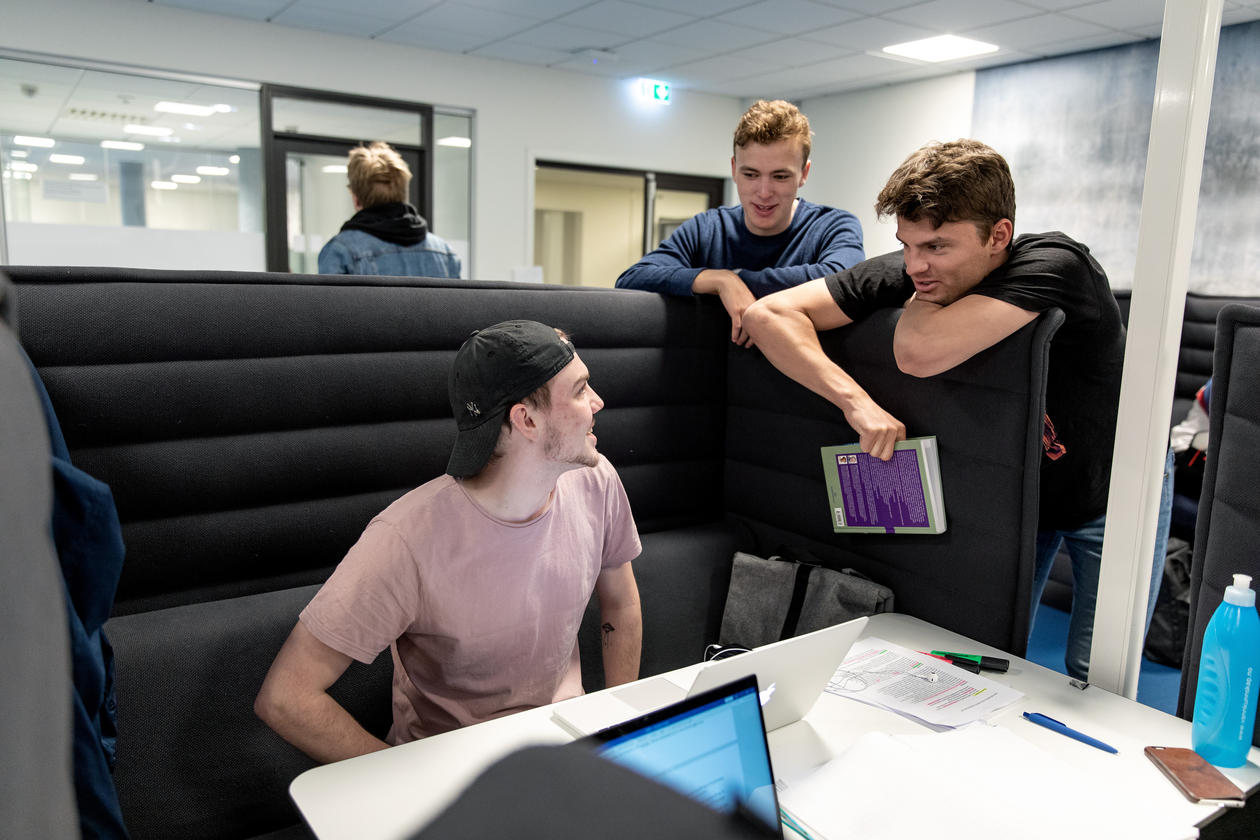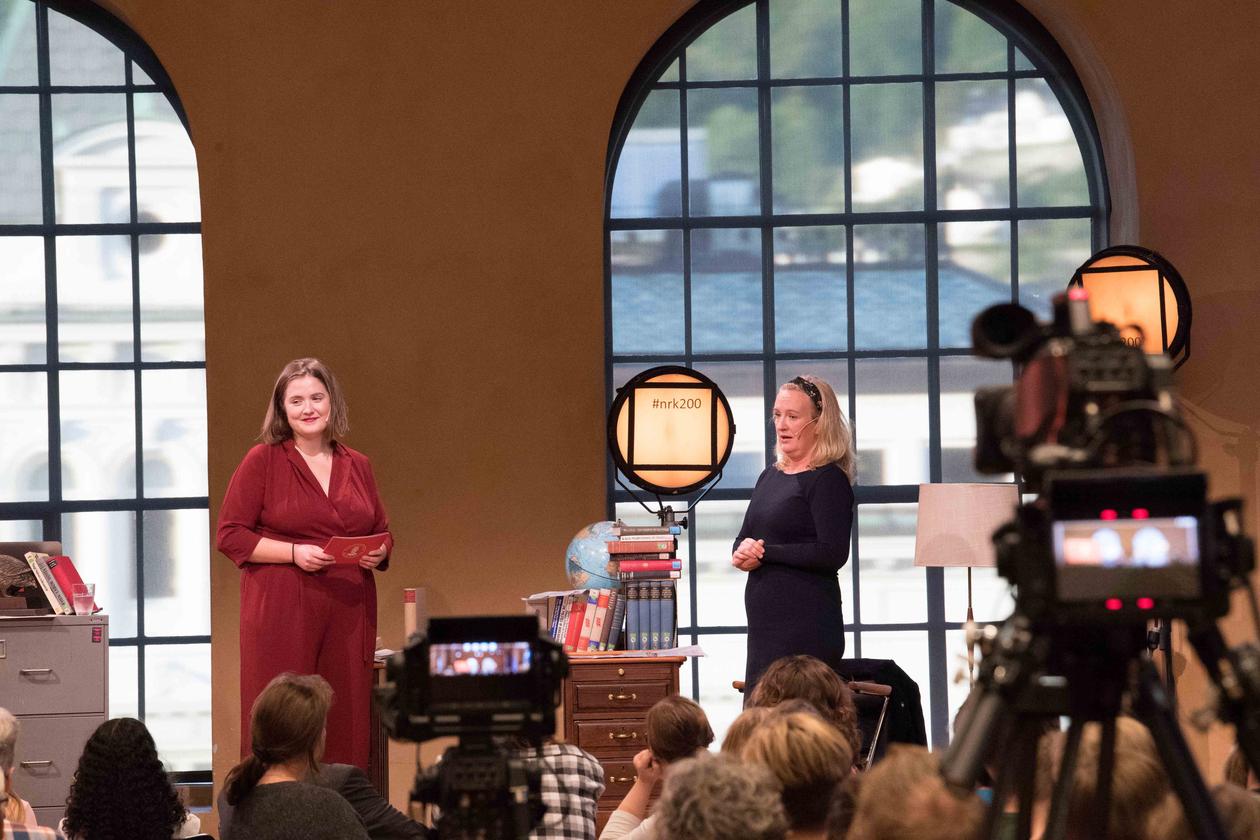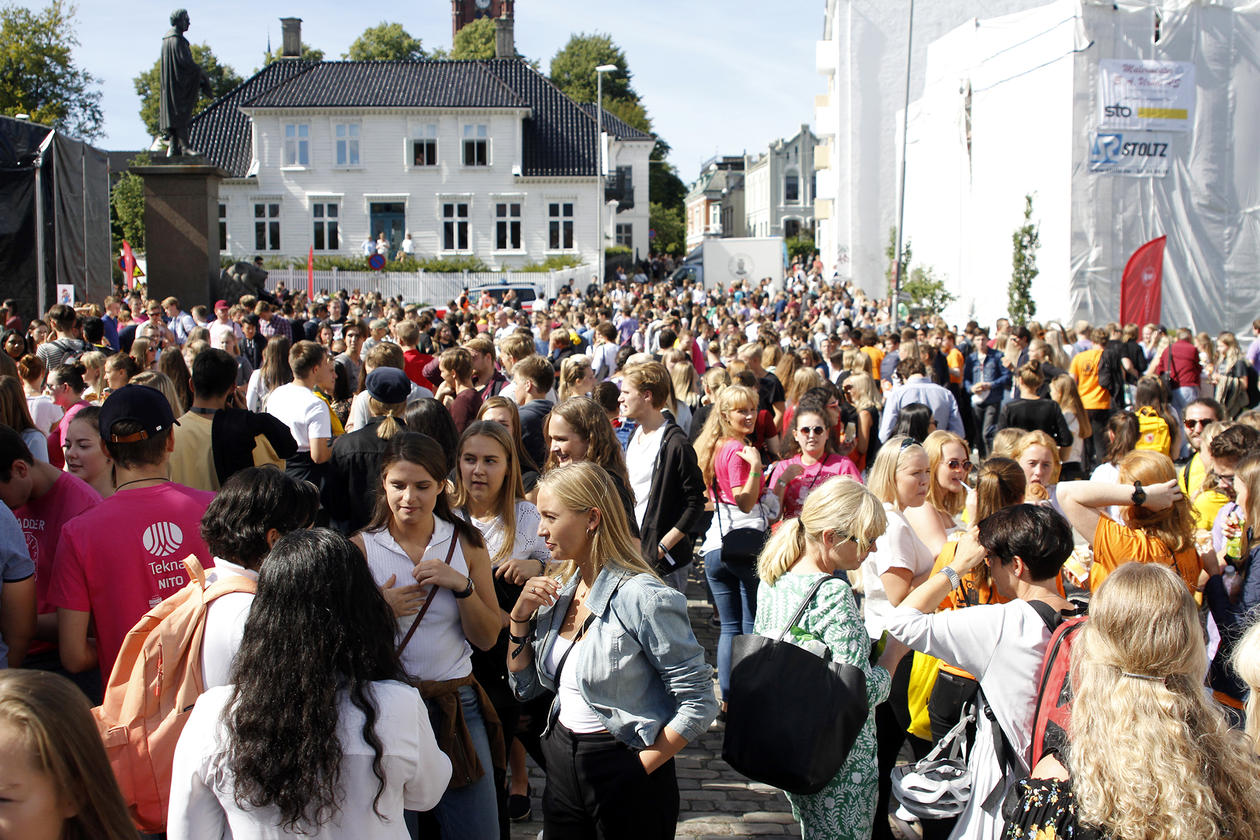Consent for use of photos
When publishing or sharing photos or video where people are the subject, you must comply with the Personal Data Act. The person using/sharing the photos or video must be able to document that consent has been provided. Consent must be voluntary, unambiguous and informed.

Main content
The rule of thumb is that consent should be obtained from everyone who is subject to photography, video recording and audio recording. It must be possible to document consent.
Photos that require consent
These are photos where the individuals are the main subject. If you are publishing such photos online or sharing them with others, you must have the consent of those pictured before publishing the photo. This also applies to illustrations where “models” illustrate an actual situation (study situations, teaching environment, etc.).
The consent form must be completed by the person being photographed or filmed.
Procedure
The photographer must provide a link to the persons who are being photoghaphed or recorded to obtain their consent.
The consent form should be completed by the person being photographed or recorded.
The e-mail address of the photographer/the person publishing the photo must be filled in, in order to easily connect the form and the photograph/recordings.
The person being photographed will also have to include a selfie to the form in order to connect the correct photo to the correct form later. Note: The selfie will not be published. It is only intended for internal control and to be certain that the correct photo is linked to the correct name and form.
The consent form is available here
Each individual has the right to withdraw consent at any time by contacting fotosamtykke@uib.no
Photos that do not require consent
There are some exceptions to written consent. For example, photos may be taken and published without the consent of the pictured individuals as long as the photos are not offensive to those who are pictured. These are photos such as:
- Those that have topical and general interest
- Those where the situation or activity is the real subject of the photo.
- Those where the person who appears in the photo is less important than the main content of the photo.
Examples of such photos may be a group of people at a concert, an event or an occurrence of general interest. Persons who are a part of the event (entertainers, speakers, etc.), may be photographed without their written consent.
The boundary between what constitutes a situational photo and what constitutes a portrait is often a matter of definition. You should therefore always obtain consent if you are in doubt.
Request for protection
For various reasons, some individuals need or want to be protected from being photographed during events that are considered to be exceptions.
With regard to photos from events that are exempt from the rules of written consent, UiB takes the approach of informing as far as possible that photos will be taken at the event. If you do not wish to be photgraphed or recorded then the photographer needs to be informed directly and clearly.
Documentation of consent
UiB is in the process of establishing a new solution for the disclosure and storing of photos. In this solution a digital, signed consent form will be linked to the photos in question. Until this is in place, those who manage photos, video recordings and audio recordings are responsible for storing the material along with signed consent forms.
Contact
- For questions related to GDPR and consent, contact UiB’s privacy ombud E-mail: personvernombud@uib.no
- For other questions - contact the Communications Department E-mail: post@ka.uib.no



